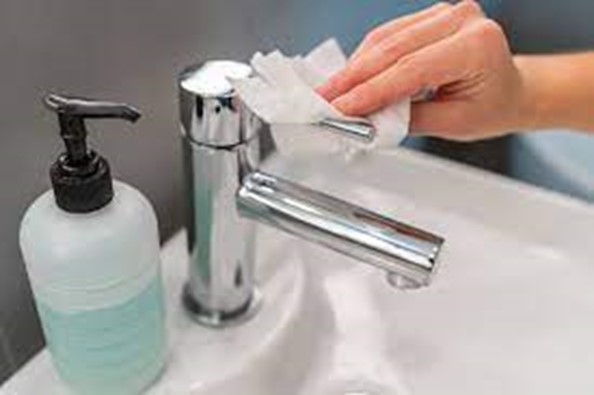A nurse is documenting client care in a client's electronic health record. Which of the following entries should the nurse include in the documentation?
"Complained about having incisional pain.”
"Voided adequate amounts through the shift.”
"Became short of breath when ambulating.”
"Appeared to be sleeping while in bed.”
The Correct Answer is A
The correct answer is choice A: "Complained about having incisional pain."
Choice A rationale:
Documenting a client's complaints about pain, especially incisional pain, is crucial in an electronic health record. Pain assessment and management are essential aspects of client care, and including this information helps to track the client's pain level, the effectiveness of pain interventions, and any changes in their condition over time.
Choice B rationale:
While it's important to monitor fluid intake and output, stating that the client "Voided adequate amounts through the shift" might be relevant to the client's overall condition but lacks specific information. It doesn't address the reason for the assessment, and the focus should be on the client's immediate care needs and responses.
Choice C rationale:
Noting that the client "Became short of breath when ambulating" is significant for documenting any potential signs of respiratory distress during activity. This information provides valuable insights into the client's ability to tolerate physical exertion and might indicate a need for further assessment or interventions.
Choice D rationale:
Documenting that the client "Appeared to be sleeping while in bed" might not offer significant clinical information unless there is a specific reason for noting the client's sleep patterns. Sleep is an important aspect of recovery, but this choice lacks the context needed to make it a priority entry in the documentation.
Nursing Test Bank
Naxlex Comprehensive Predictor Exams
Related Questions
Correct Answer is A
Explanation
The correct answer is Choice A - Measure the client's gastric residual before each feeding.
Choice A rationale:
The nurse's first action in caring for a client receiving intermittent enteral feedings should be to measure the client's gastric residual before each feeding. Gastric residual volume helps assess the client's tolerance to enteral feedings and can indicate delayed gastric emptying or potential complications like aspiration. If the residual volume is high, the nurse can collaborate with the healthcare team to determine whether to hold the feeding, adjust the feeding rate, or take other appropriate actions to ensure the client's safety and optimal nutritional status.
Choice B rationale:
Changing the enteral feeding bag and tubing every 24 hours is important to maintain the sterility and integrity of the feeding system. However, it is not the first action the nurse should take. The priority is to assess the client's tolerance to the feeding by measuring gastric residuals, which helps prevent complications.
Choice C rationale:
Documenting intake and output is a crucial aspect of nursing care for all clients, including those receiving enteral feedings. However, in the context of intermittent enteral feedings, measuring gastric residuals before each feeding is a more immediate and specific action to ensure the client's safety and well-being.
Choice D rationale:
Flushing the tubing with 30 mL of water after each feeding is important to prevent clogging and maintain the patency of the enteral feeding tube. However, this action is secondary to measuring gastric residuals, which directly assesses the client's tolerance to the feedings and helps prevent complications.
Correct Answer is D
Explanation
The correct answer is choice D.
Choice A rationale:
Rinsing forearms with running water before applying soap is not a recommended step in the handwashing procedure. The primary step is to wet the hands, apply soap, and create a lather.
Choice B rationale:
Holding hands above elbow level while washing and rinsing is not a standard practice for handwashing. The hands should be washed thoroughly, and the focus is on scrubbing the hands, not their positioning.
Choice C rationale:
Generating a lather by rubbing hands together vigorously for 5 seconds is insufficient for effective handwashing. Proper handwashing involves rubbing hands together for at least 20 seconds to ensure thorough cleaning.
Choice D rationale:
The correct answer. After washing and drying hands, turning off the faucet with a clean paper towel is recommended to avoid recontaminating the clean hands. Touching the faucet directly with clean hands could potentially transfer pathogens back onto the hands.

Whether you are a student looking to ace your exams or a practicing nurse seeking to enhance your expertise , our nursing education contents will empower you with the confidence and competence to make a difference in the lives of patients and become a respected leader in the healthcare field.
Visit Naxlex, invest in your future and unlock endless possibilities with our unparalleled nursing education contents today
Report Wrong Answer on the Current Question
Do you disagree with the answer? If yes, what is your expected answer? Explain.
Kindly be descriptive with the issue you are facing.
